A spectacular Wiltshire manor house that's been saved from the brink, and now in better shape than ever
The gorgeous Hazelbury Manor has teetered on the brink of destruction twice in the last century — but now it's in superb shape and ready for plenty more centuries to come. Penny Churchill tells more.

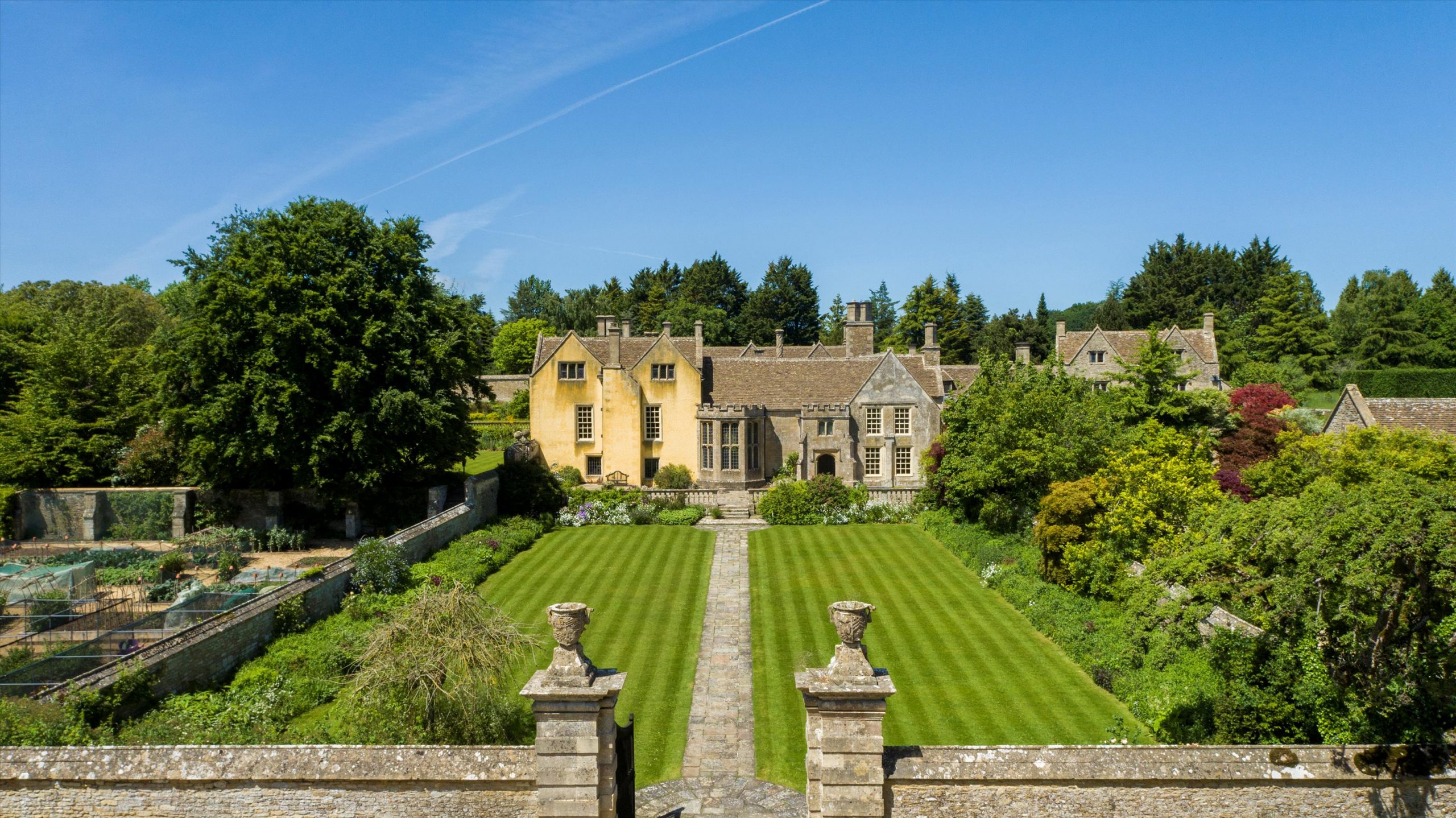
Throughout the 20th century, innumerable country houses across Britain ended up in serious financial trouble, often ending up being demolished, split into flats or otherwise diminished. Thankfully, Hazelbury Manor has suffered no such fate — but only thanks to the efforts of those who stepped in not once but twice to keep it intact.
Today, it’s still in splendid nick — and it’s looking for a new owner to keep things that way. Knight Frank’s country department quotes a guide price of £9.75 million for Lot 1, Grade I-listed Hazelbury Manor and its surrounding estate. The lot comprises some 182 acres of organic gardens, pasture and broadleaf woodland near the popular north Wiltshire village of Box, on the south-western edge of the Cotswolds AONB, three miles from Corsham and six miles from Bath. Lot 2, the converted, one-bedroom Old Toll House in the south-west corner of the estate, is on offer at £250,000.
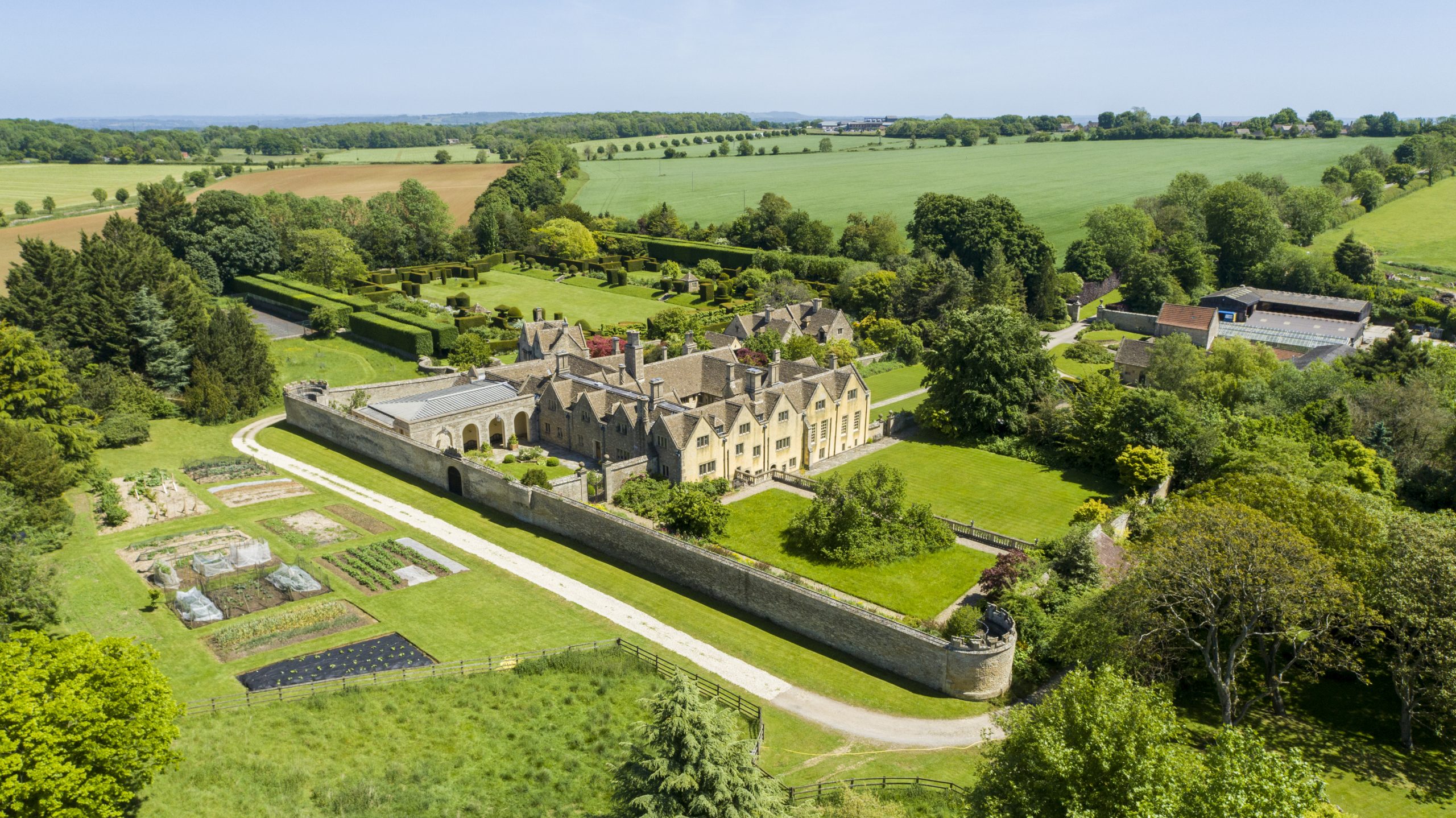
The manor of Hazelbury was owned by the Croke family from about 1280 until the mid 15th century, when the last male Croke of Hazelbury died and the property passed, through one of his daughters, to her husband, John Bonham. Four generations of Bonhams lived there until, in 1575, it was acquired by Sir John Yonge, a rich Bristol merchant.
In the early 17th century, the Yonges gave way to the Speke family, when, in 1613, Sir George Speke bought Hazelbury Manor for his son, Hugh, who extended the house and estate. In the early 18th century, Sir Edward Northey, who was attorney-general to Queen Anne and later MP for Tiverton, bought Hazelbury Manor, which was then run as a farm for 200 years, although frequently used as a shooting lodge.
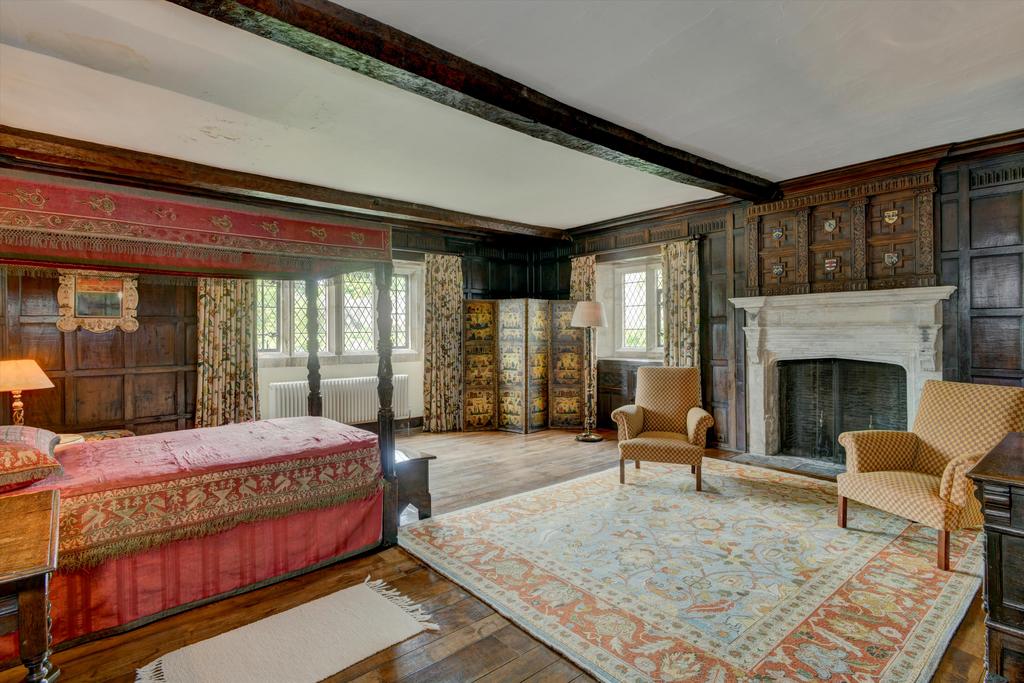
The history and architectural features of the house are chronicled in two articles in Country Life (February 20 and 27, 1926) that followed the completion of an epic, five-year-long restoration of the house and gardens by George Jardine Kidston and the architect and archaeologist Harold Brakspear, who lived at Corsham. Kidston reputedly spent £450,000 in rescuing the house and its 17th-century gardens (originally laid out by the Spekes) from the dereliction in which he found them on buying the estate in 1919.
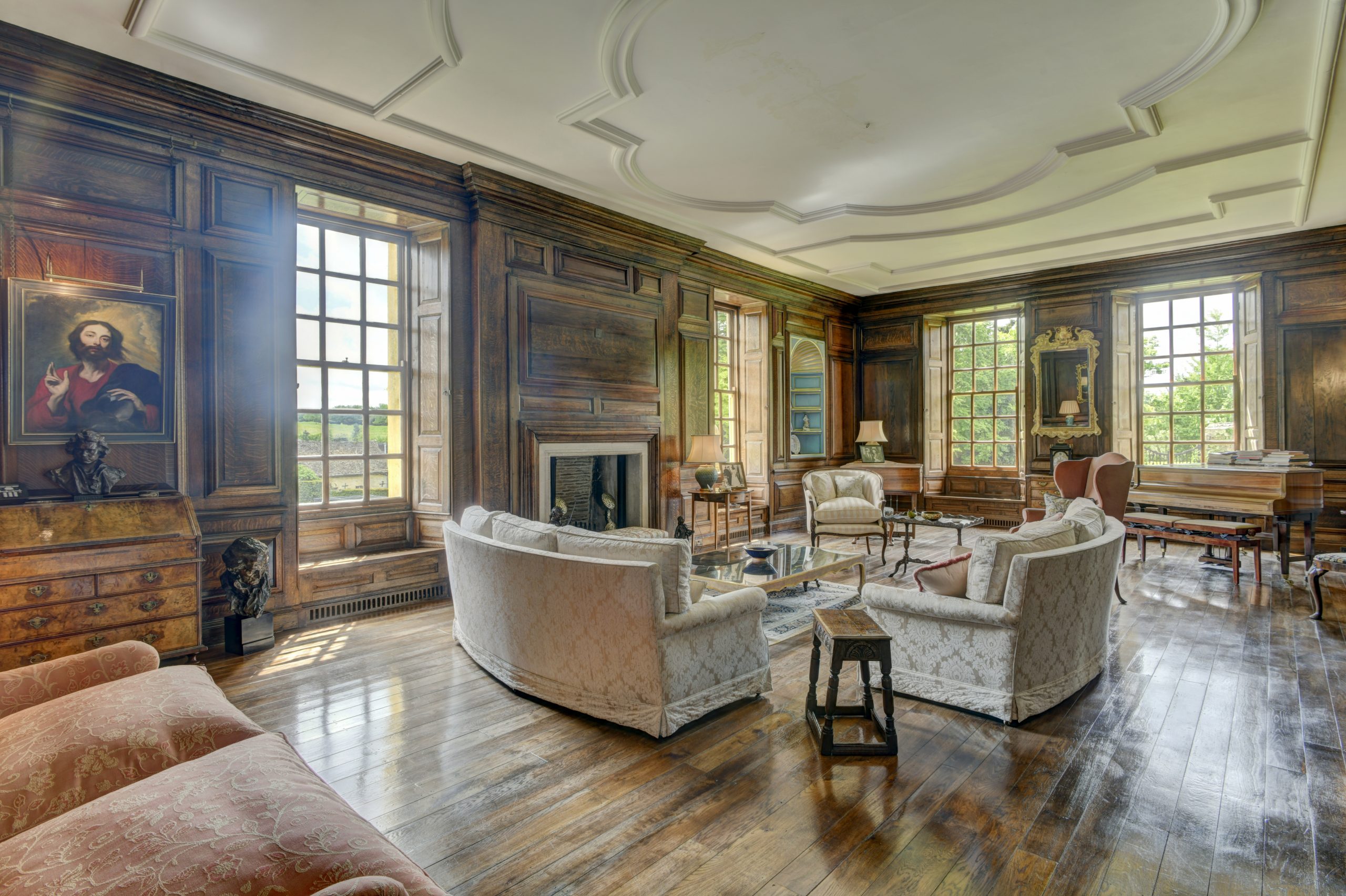
In the 1970s and 1980s, Hazelbury Manor was again rescued from disaster by the late Ian Pollard, an eccentric architect and property developer with a passion for gardening, who was greatly impressed by his predecessor, as revealed in a third Country Life article (March 7, 1991). ‘Mr Kidston, who was a merchant banker and former ambassador, had a nice approach,’ the article says. ‘To obtain new stone, he bought back the quarry which, long ago, had been sold off from the estate. To ensure new English oak beams for the house were of the right quality, he purchased a timber company and then a haulage company to carry the timber and other goods to Hazelbury.’

Much of Kidston’s work was in vain, however, for, during the Second World War, Hazelbury again fell on hard times. From 1943–71, the house was a girls’ finishing school, which left the building in a state of serious disrepair and ‘almost finished the garden’.
Exquisite houses, the beauty of Nature, and how to get the most from your life, straight to your inbox.
It was left to Pollard, who bought the estate in 1973, to repair and transform the complex Tudor house and create a mature, eight-acre garden ‘filled with hidden corners and surprises around high hedges, vistas, spectacles, and inventiveness… mirroring the layout of the house in extending from room to room’.
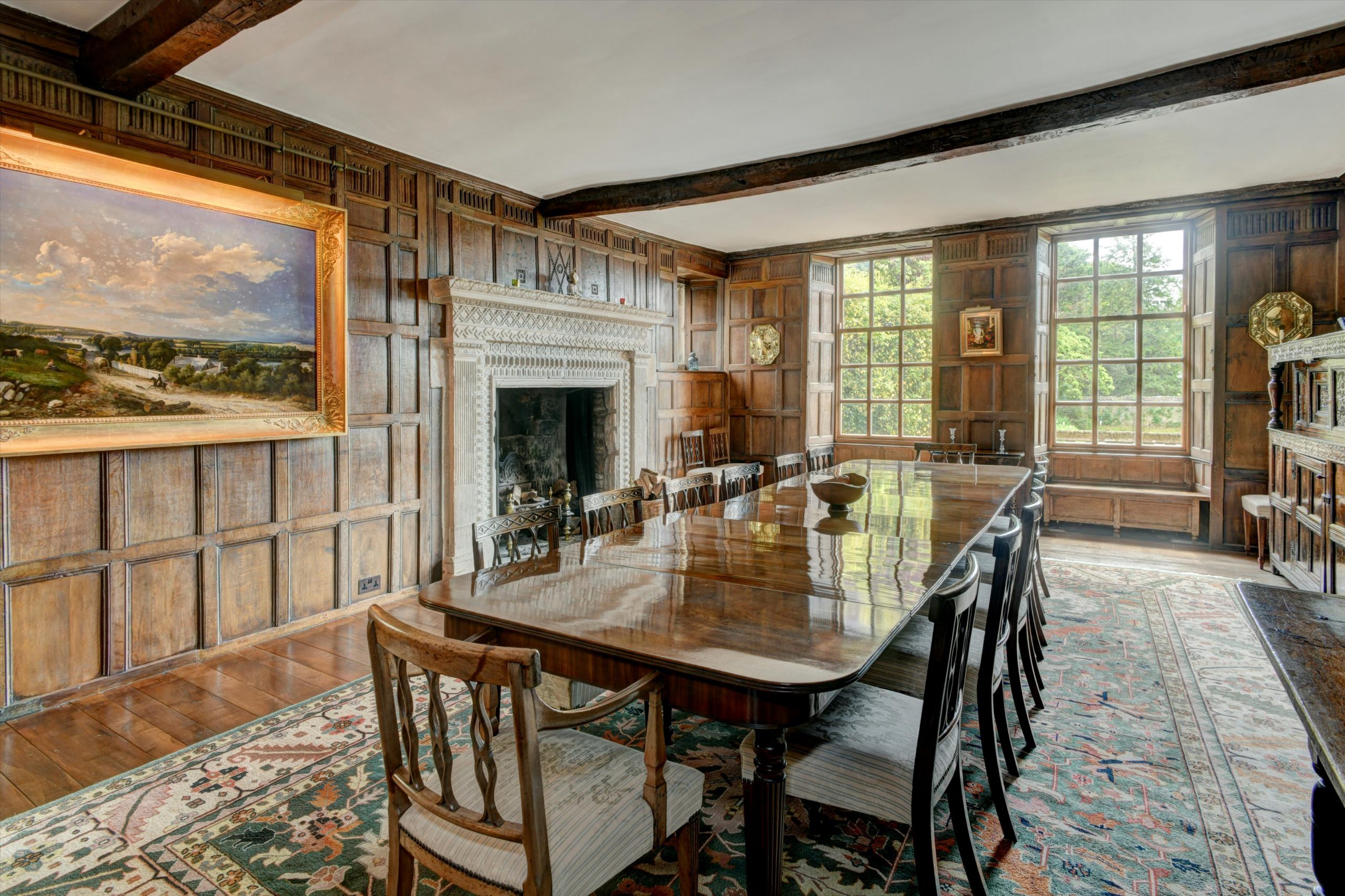
Today, a rejuvenated Hazelbury Manor, built on a courtyard plan based over 2½ storeys, provides its own ‘hidden corners and surprises’. Its 27,000sq ft of historic living space includes a reception hall leading to the 15th-century Great Hall, off which are located, to the west, a sitting room and family room; to the east, a dining hall with south-facing windows and an ornate fireplace; and, to the north, the kitchen, kitchen courtyard and four-bedroom Dower House — the latter originally built in the 17th century and linked to the main house by Kidston.
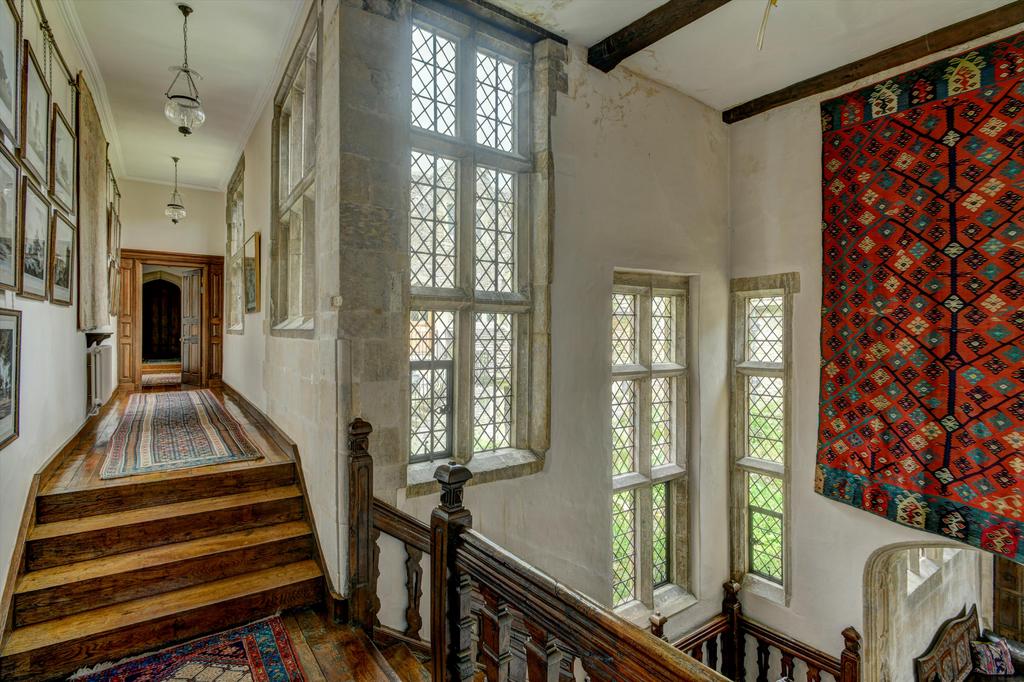
Stairs lead to the splendid, dual-aspect, first-floor drawing room, with access to a guest bedroom, three further bedrooms, three bathrooms, a family room, a study and an archive room.
A side landing provides access to two further bedrooms and bathrooms and various service rooms.

To the north, a second stairway leads to the indoor pool and pool house. There are six bedrooms and three bathrooms on the second floor, with additional accommodation in the Grade II-listed Granary.
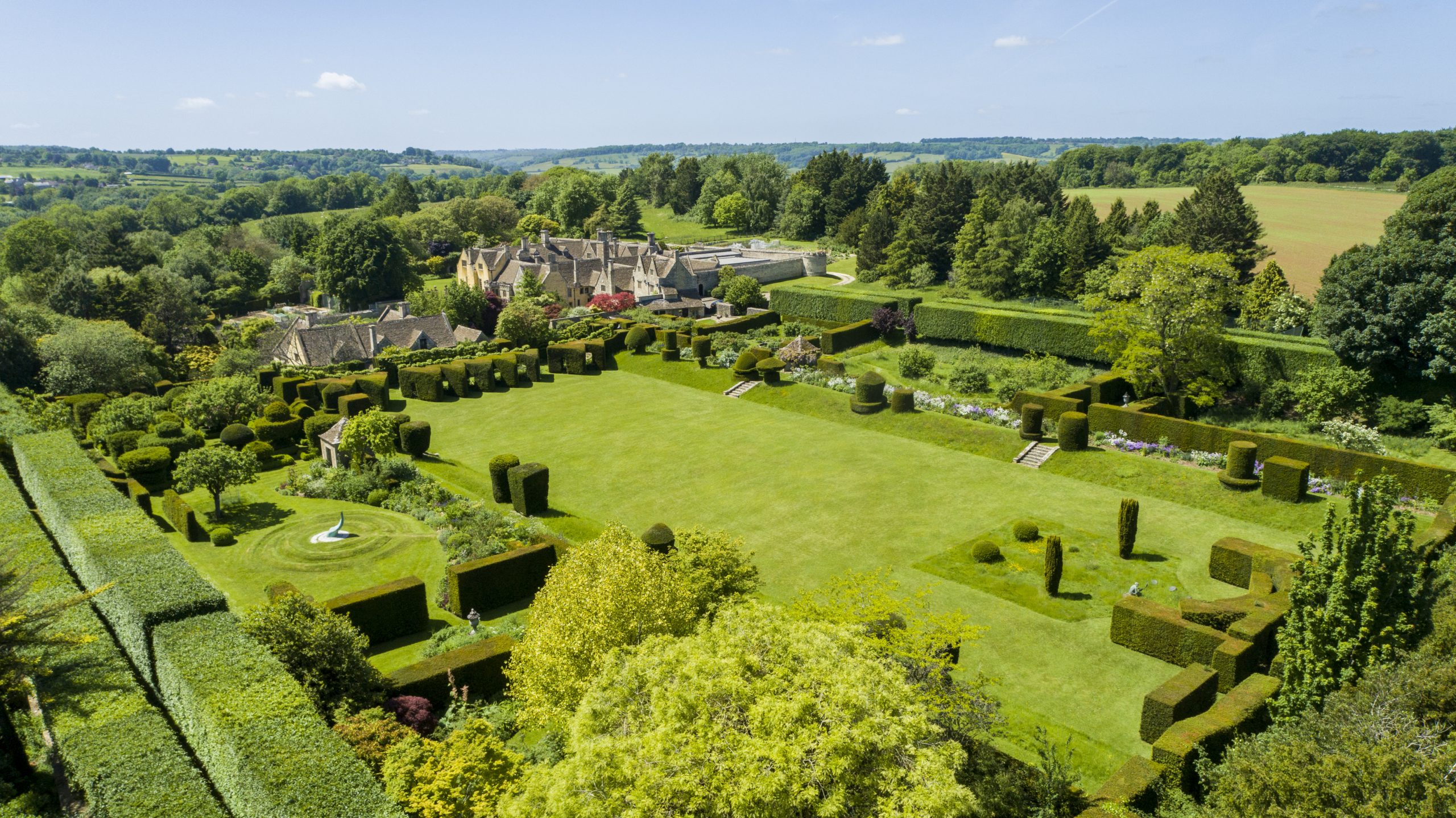
A 17th-century courtyard of stone farm buildings includes a coach house, stabling, a nursery and a squash court.
Hazelbury Manor is for sale at £9.75 million — see more details and pictures.

Credit: Strutt and Parker
Best country houses for sale this week
An irresistible West Country cottage and a magnificent Cumbrian country house make our pick of the finest country houses for

